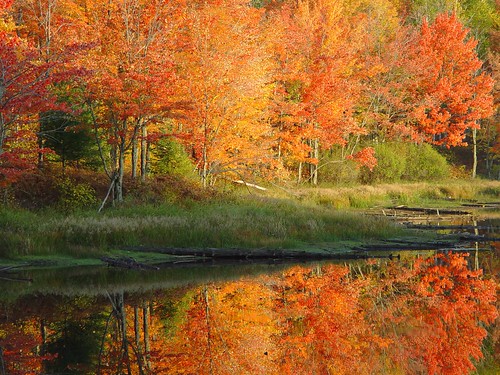Interactive Key to Wetland Monocots

What a nifty new resource!
There is a new Interactive Key to Wetland Monocots of the US (ca. 2400
taxa) available from PLANTS (plants.usda.gov). See
(http://npdc.usda.gov/technical/plantid_wetland_mono.html) for details.
It is free for use and download and requires no installation or
registration.
The data set was developed cooperatively by the Missouri Botanical
Garden and the USDA NRCS National Plant Data Center and was compiled
from numerous and varied sources by Dr. David Bogler of the Missouri
Botanical Garden (ca. 1.7 million data points). The automated plant key
runs in a new version of SLIKS (www.stingersplace.com/SLIKS) which is
free and requires no installation. It lets you identify the monocots
known to occur in U.S. wetlands. The species list in this key is
derived from the U.S. Fish and Wildlife Service National Wetland
Inventory National List of Vascular Plant Species That Occur in
Wetlands: 1998 National List.







